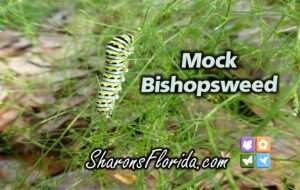
Ptilimnium capillaceum
(Mock Bishopsweed)
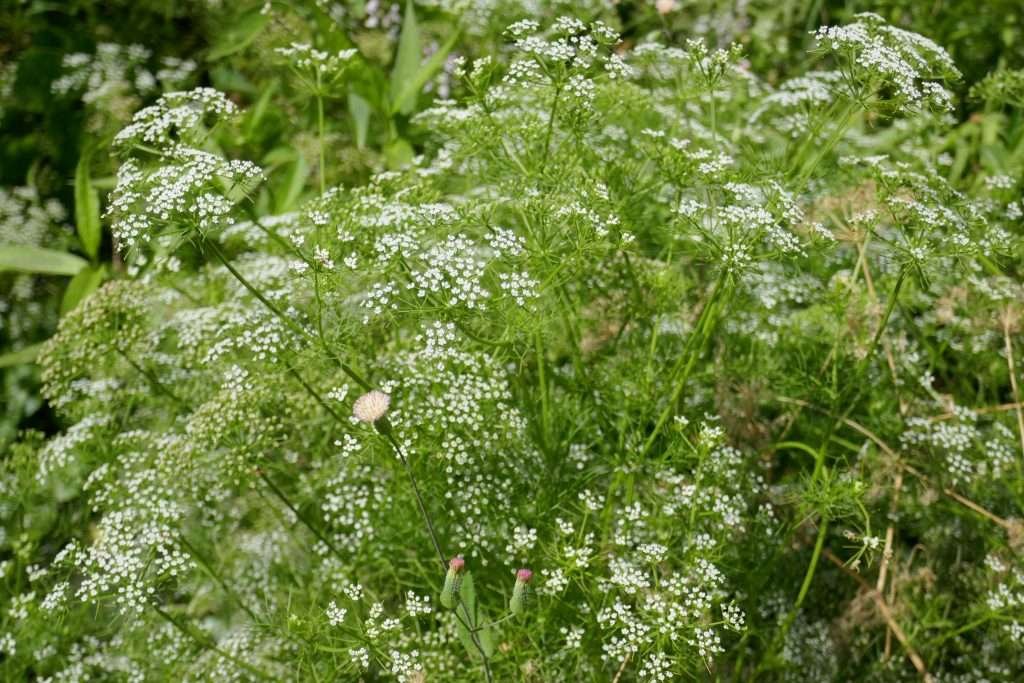
Common Names, Latin Name, and Family
Some of its common names include mock bishopsweed, mock Bishop’s weed, herbwilliam, and Atlantic mock bishop-weed.
Its Latin name is Ptilimnium capillaceum.
It is found in the Apiaceae, or celery, family.
Form
It is an annual wildflower that grows to a height of approximately 18 inches.
Leaves
The leaves are alternate and forked.
They are linear and threadlike with entire margins much like dill weed the herb.
The slender leaves give the plant a wispy appearance.
The foliage is feathery and the stems slender.
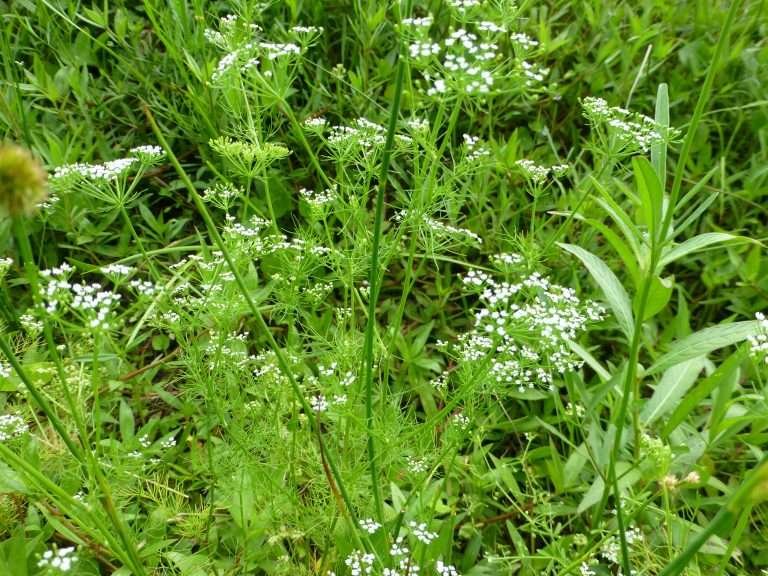
Flowers
The flowers appear in spring, summer and fall.

Fruit / Seeds
The flowers appear in spring, summer and fall.
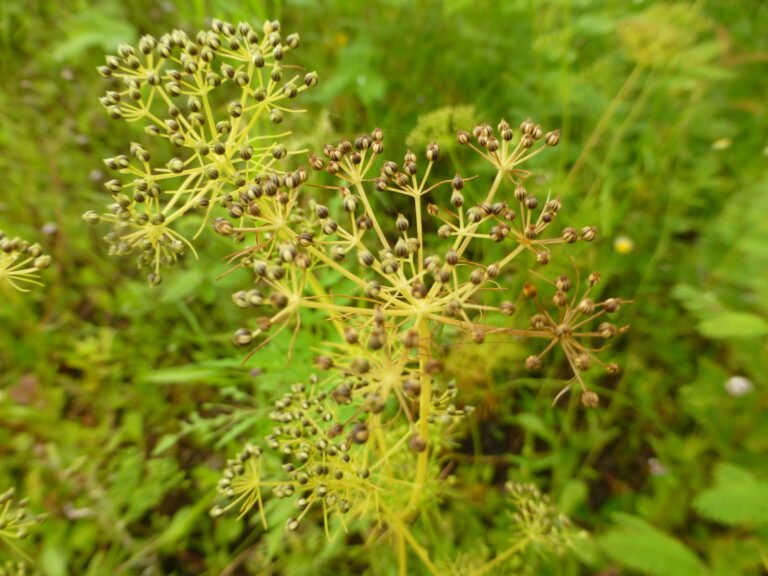
Habitat
Mock bishopsweed (Ptilimnium capillaceum) is commonly found in moist open fields, wet ditches, pond and lake margins, salt marshes, brackish marshes, and disturbed riparian areas.

Native Range
It is found naturally occurring throughout the state of Florida except the Keys.
It is native to the following states: AL, AR, CT, DC, DE, FL, GA, KS, KY, LA, MA, MD, MO, MS, NC, NJ, NY, OK, PA, RI, SC, SD, TN, TX, and VA.
Landscape Use
It is an annual that likes moist sites. It looks best growing en masse because it is such a dainty little wildflower. Its wispy foliage and flowers get lost if there are only one or two individuals. So letting a large area grow is best for the looks as well as for the butterflies.
It is best to let it reseed where it is planted to ensure next seasons crop of new plants. Seedlings can be transplanted or removed as needed.
If you let some grow in your green space you will be rewarded with black swallowtail butterflies visiting.
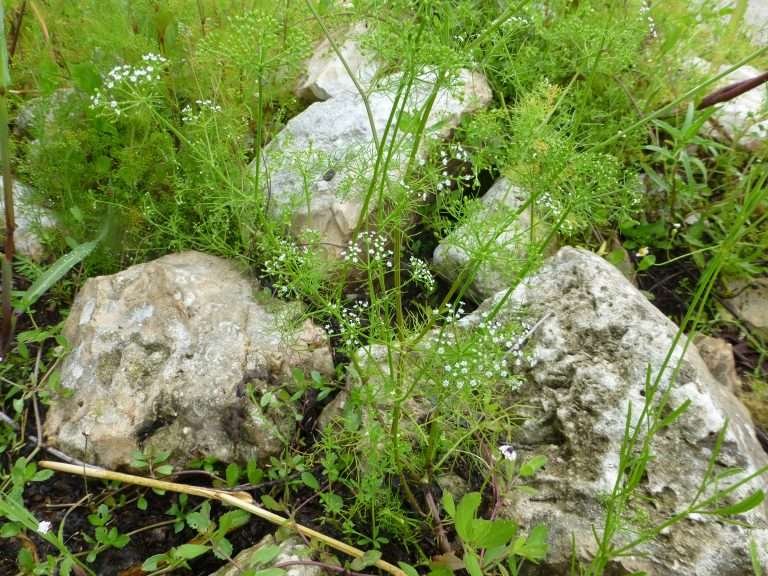
Wildlife Uses
The flowers are a source of nectar for many insects including bees, beetles, butterflies, flies, and wasps.
It is a host plant for the Eastern black swallowtail butterfly.
You can read more about this butterfly here in my article Gardening for the Black Swallowtail Butterfly.
Propagation
Can be grown easily from seed, and transplanted when small.
I currently have seeds for sale: Mock Bishopsweed Seeds (Ptilimnium capillaceum) ✤ 50 Seeds
